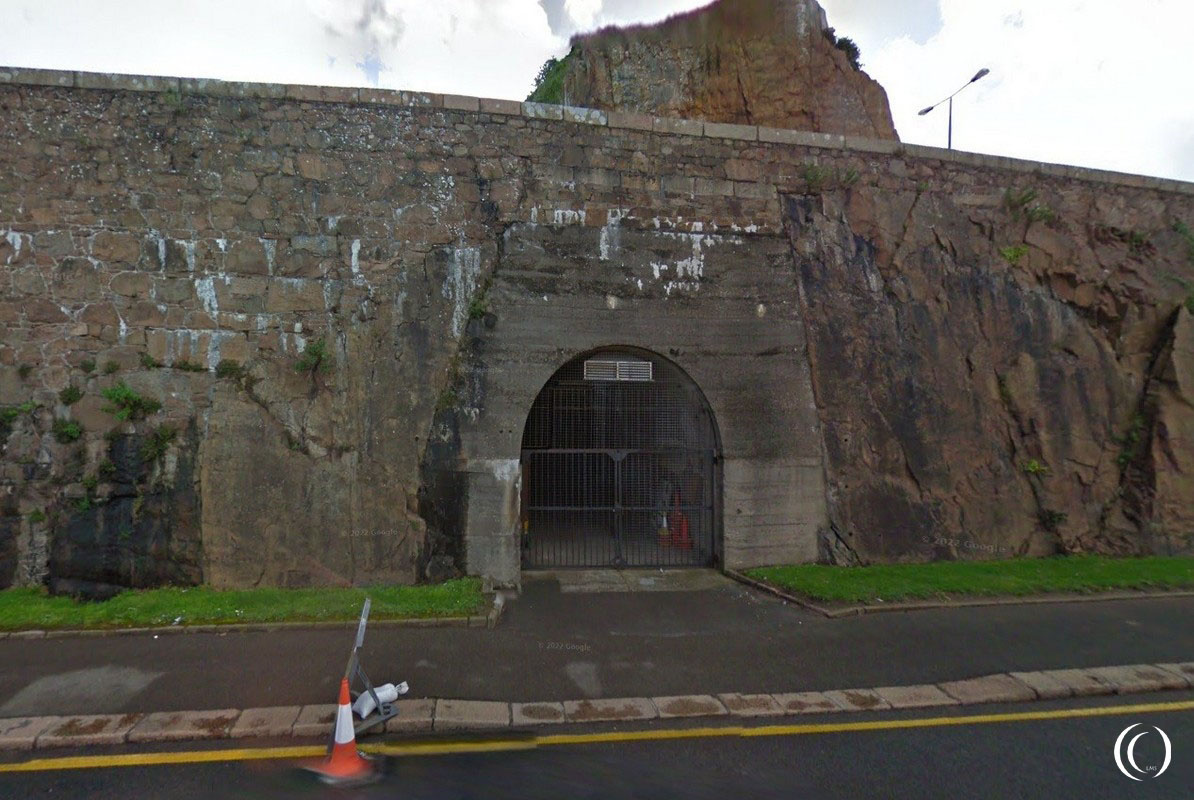
History
During the German occupation of the Channel Islands of Jersey, work began at strategic points. From 1941 onwards, tunnels were dug into the rocks. There are 25 tunnels named Jersey, these were indicated by a serial number, Ho1, Ho2 and so on. Ho is an abbreviation of the German word Hohlgangsanlage which is a hollow or cave passage system.
These tunnels were built by a collaboration of departments, Organization Todt, Festungsbaubataillone, and RAD. For this she used a mix of workers, including forced laborers.
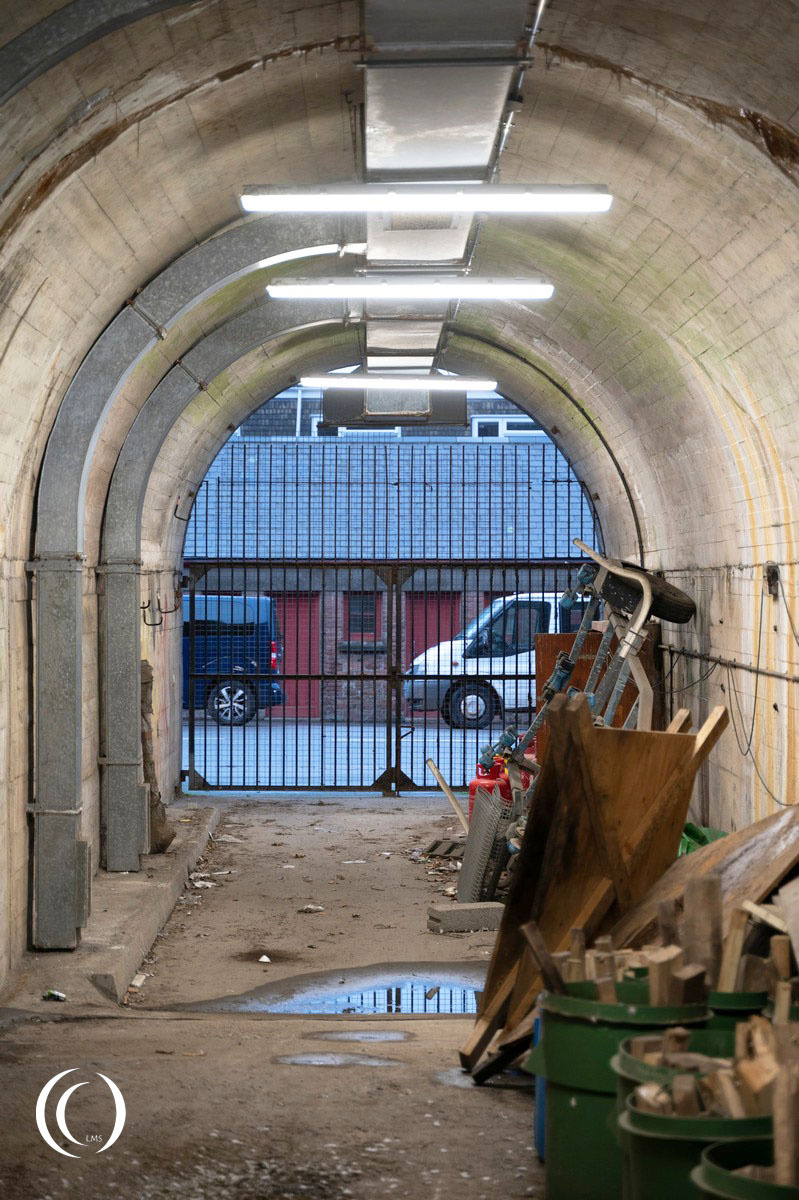
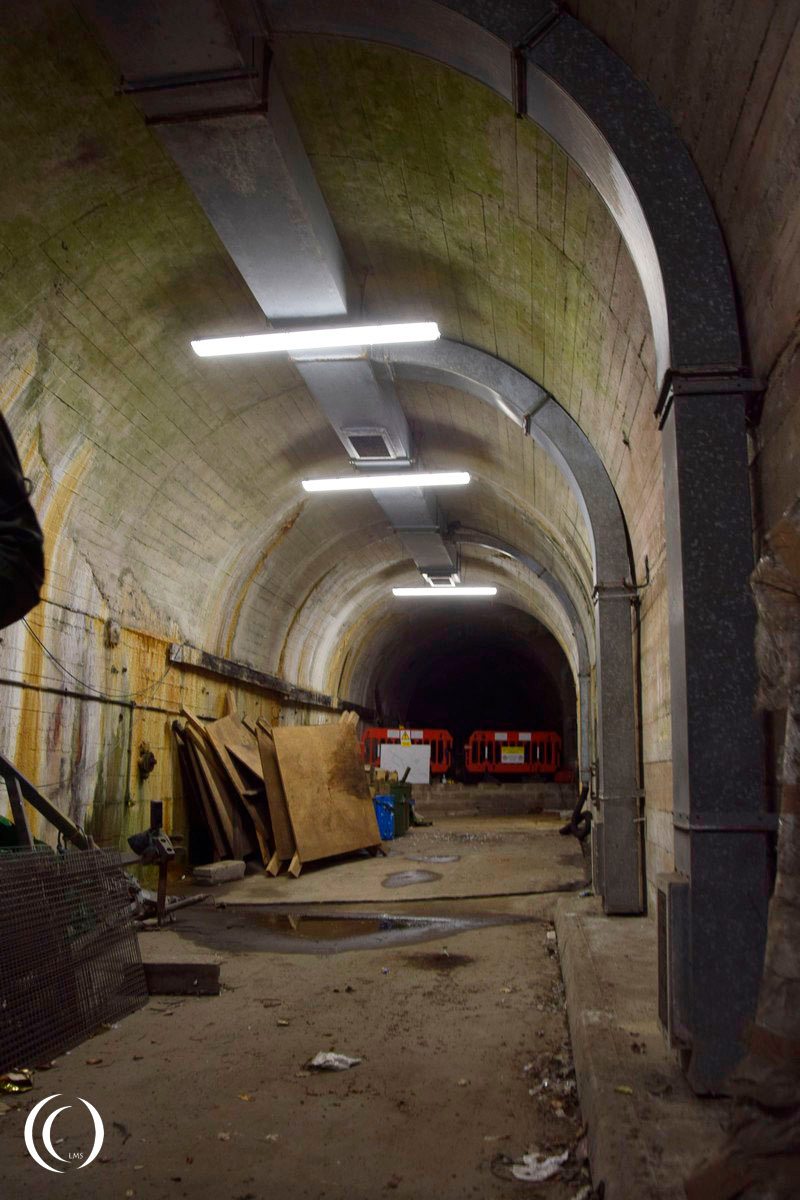
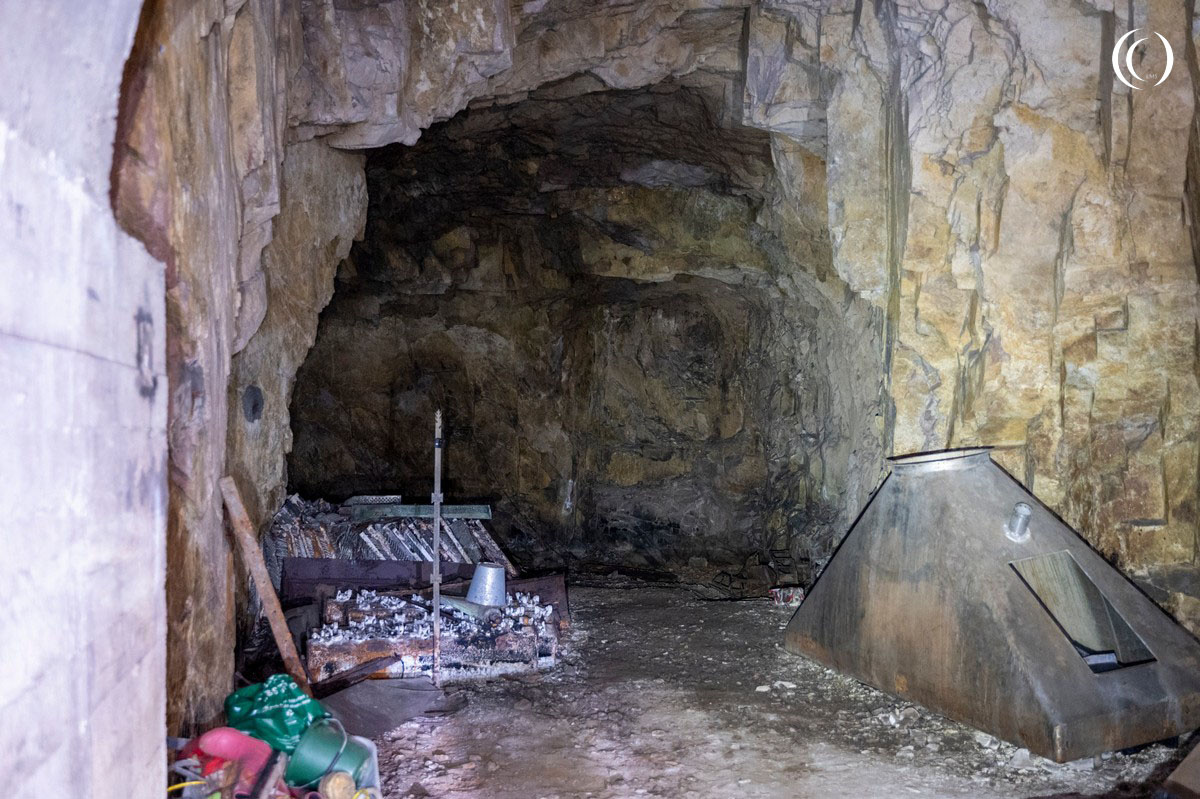
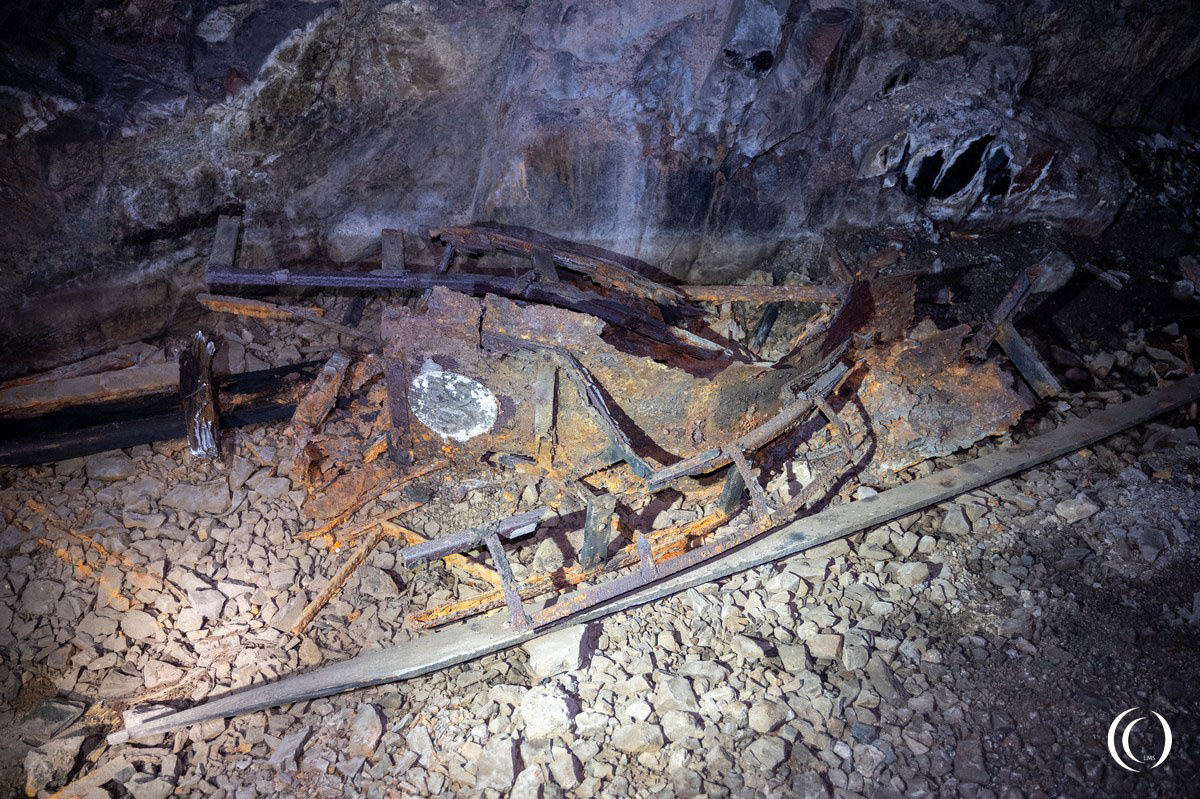
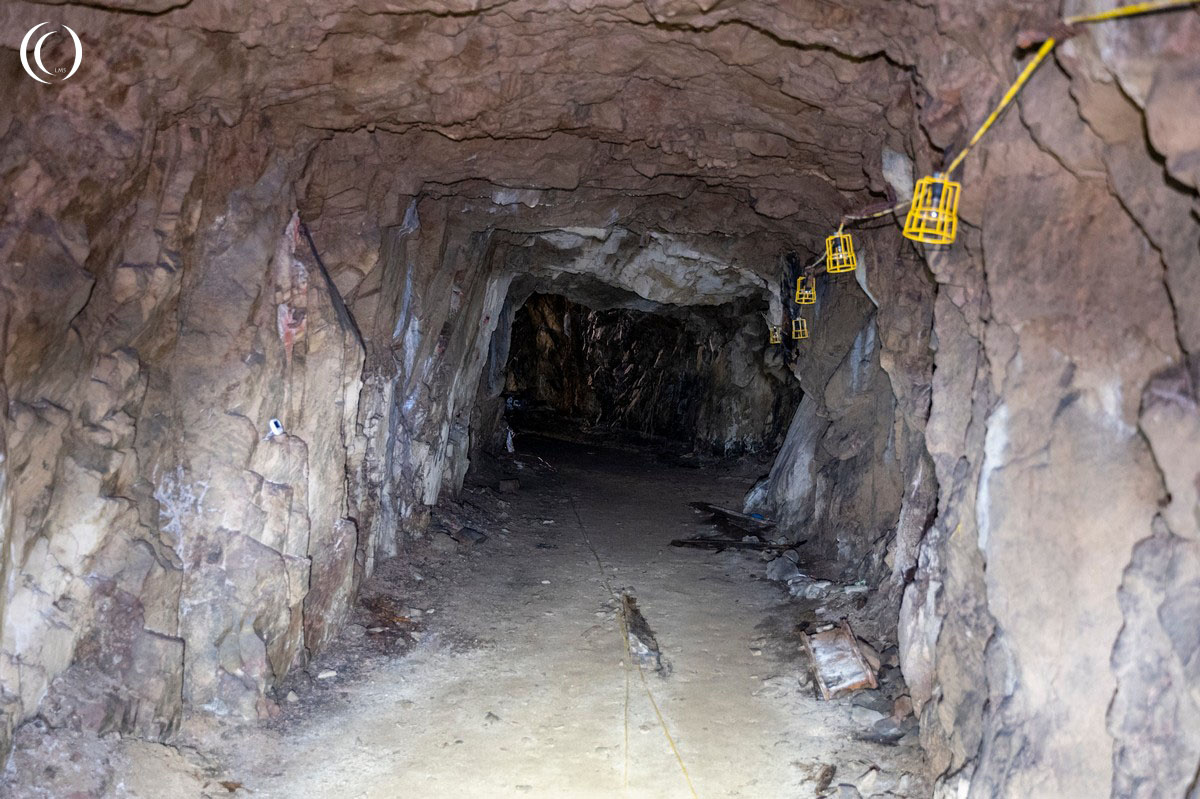
The purpose of the tunnels was twofold. Initially they were intended as storage areas for minute ratios, fuel and more. In addition, it also serves as accommodation and shelter for staff and electrical installations.
As a second purpose, the tunnels were used to connect bunkers and thus make the bunker inaccessible from outside. The entrance was then only via the rear, the tunnel, through the mountains. You can still see this now, for example, at Widerstandsnest Mole Verclut and at Stützpunkt Corbiere near the Marinepeilstand MP2.

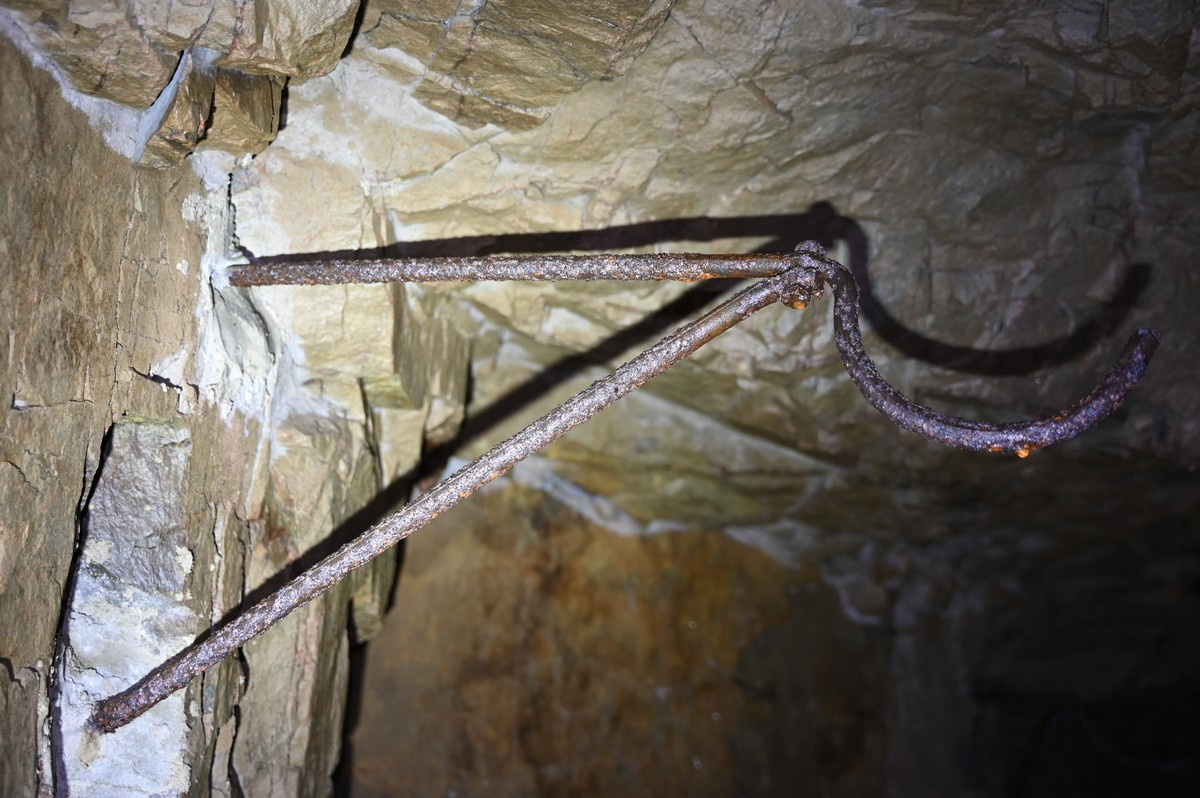
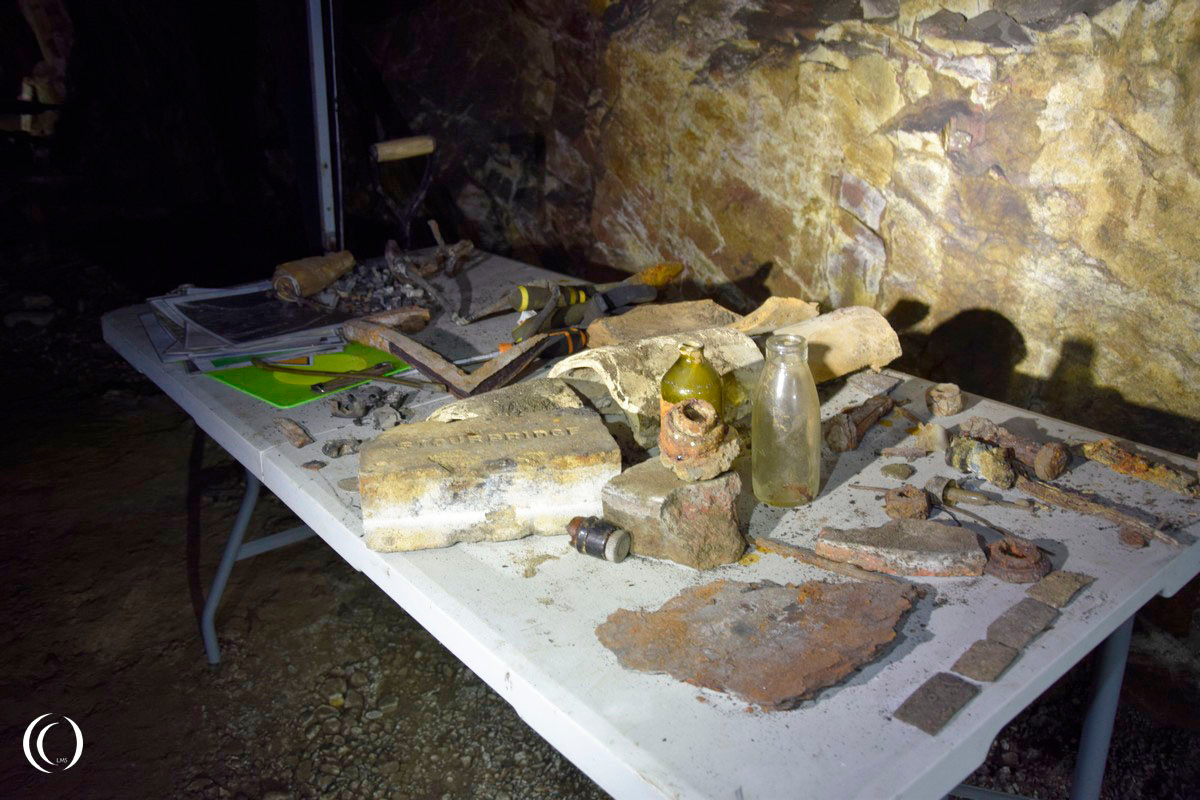
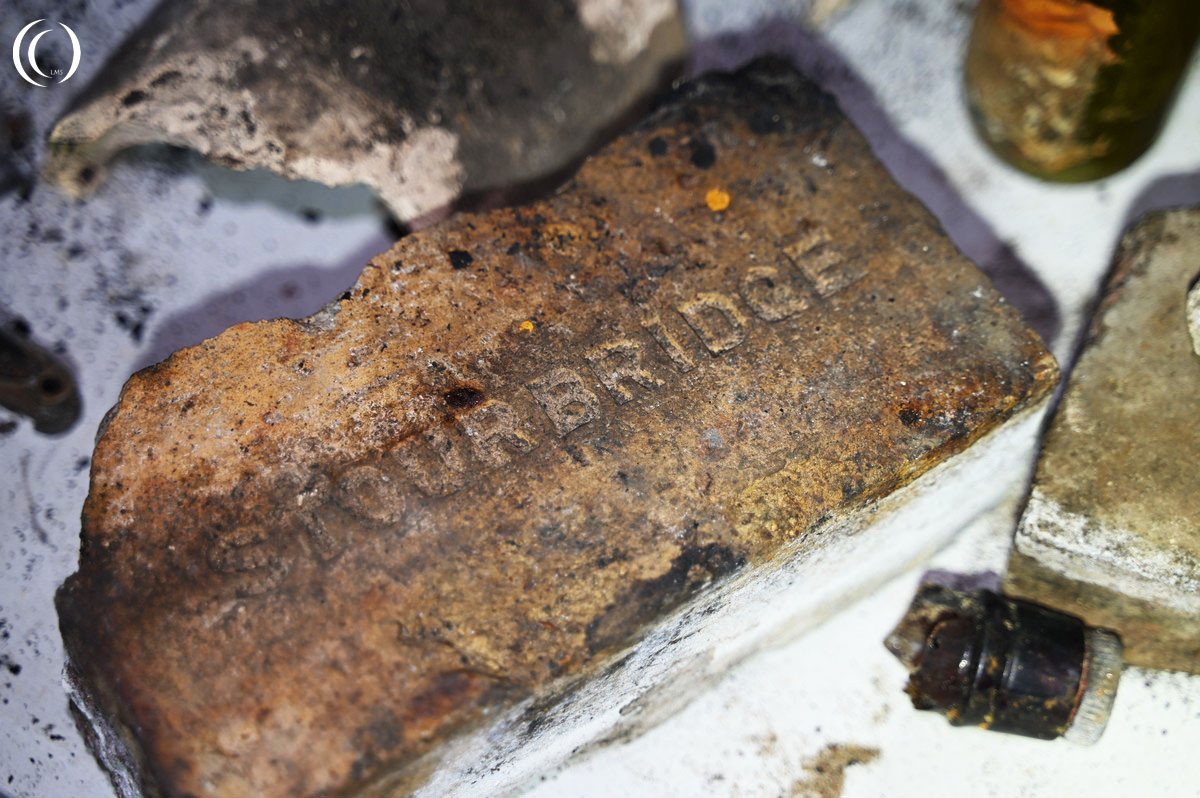
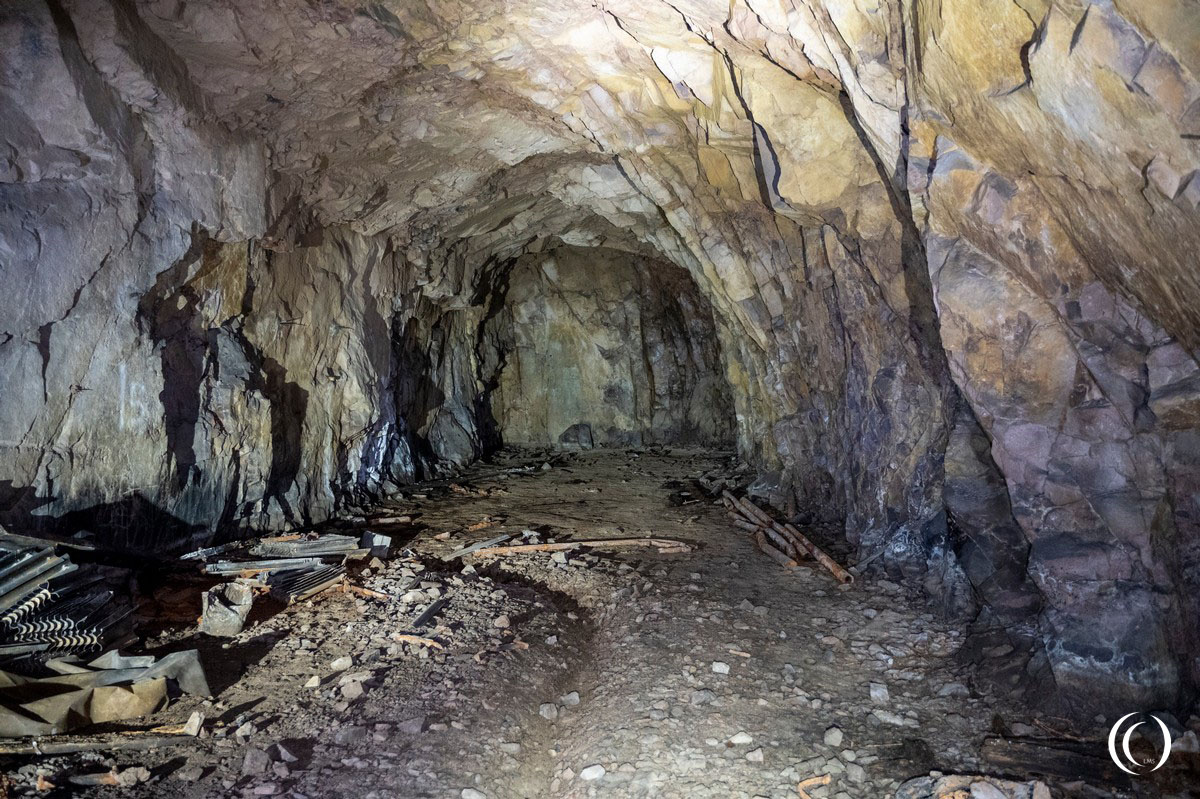
Not all tunnels have been built, some have remained in the planning phase. And only a few were finished, and some were used during the war. The Germans used tunnels Ho1, Ho4, Ho5 and Ho8 of which Ho5 is the only one that was fully completed.
After the war, the tunnels were used by the English Army for storage. Around 1960, all tunnels were cleared and the materials moved to museums, etc.
Hohlgangsanlage Ho19, a tunnel system in St. Helier
Hohlgangsanlage 19 was intended as an electric works and was carved into Mount Bingham, also known as South Hill.
In the photo you can see the location of the tunnel inside the mountain. You also see the two gun positions of Widerstandsnest South Hill Oben, where the tunnel runs deep underneath.
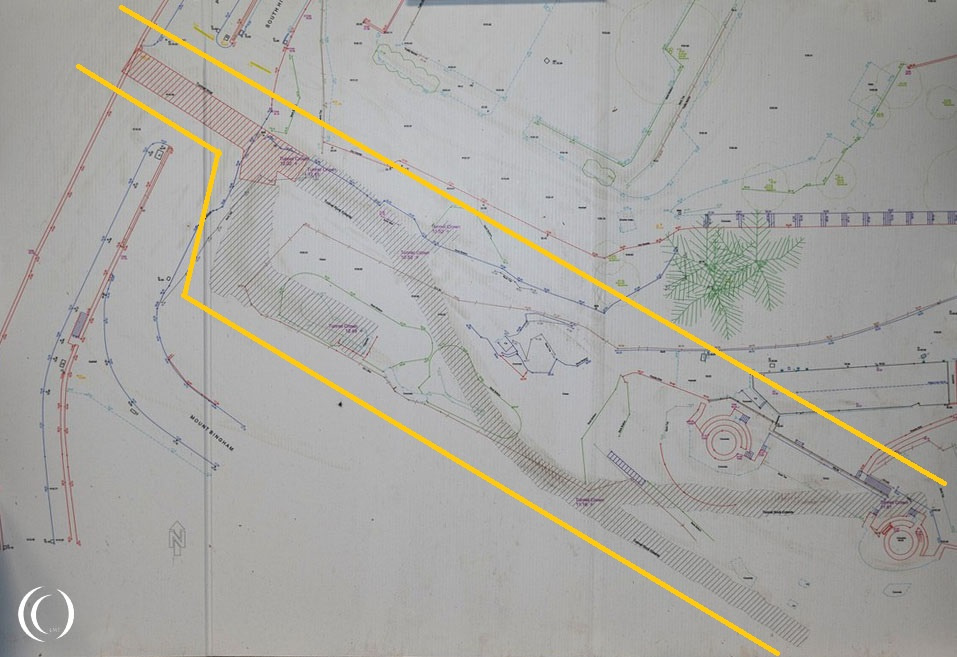
The tunnel in the photo has a red and gray hatching, red is the concrete part, gray the cave-like part. At the bottom right, the gun positions of the South Hill Oben strongpoint can be seen as circular drawings. We have indicated in orange where the tunnel runs so that it is more visible
Research is being done in the tunnel Ho19 and remains from that time are still being found. On the walls you can still read texts from the workers who spent their time here. Luis A and a date, probably September 1913 or 1923 (year of birth?), from Spain left his graffiti on the wall of the tunnel during World War Two in 1944.
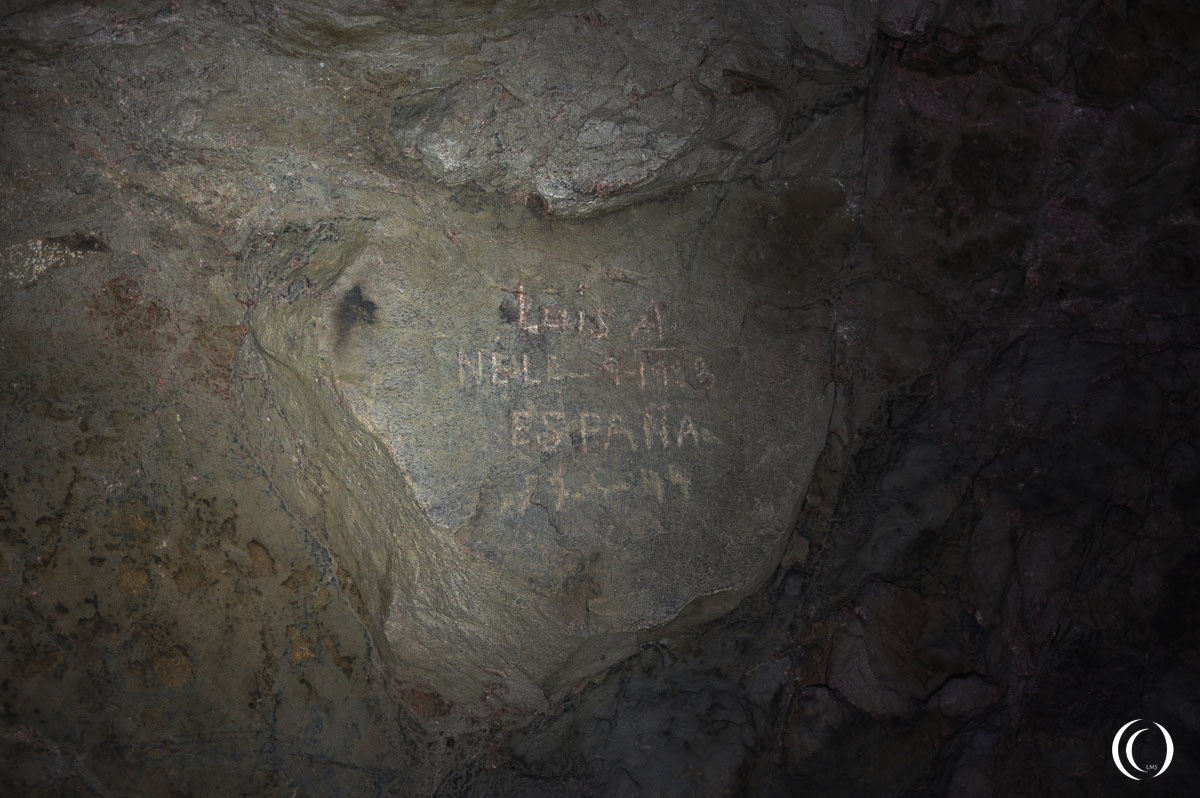
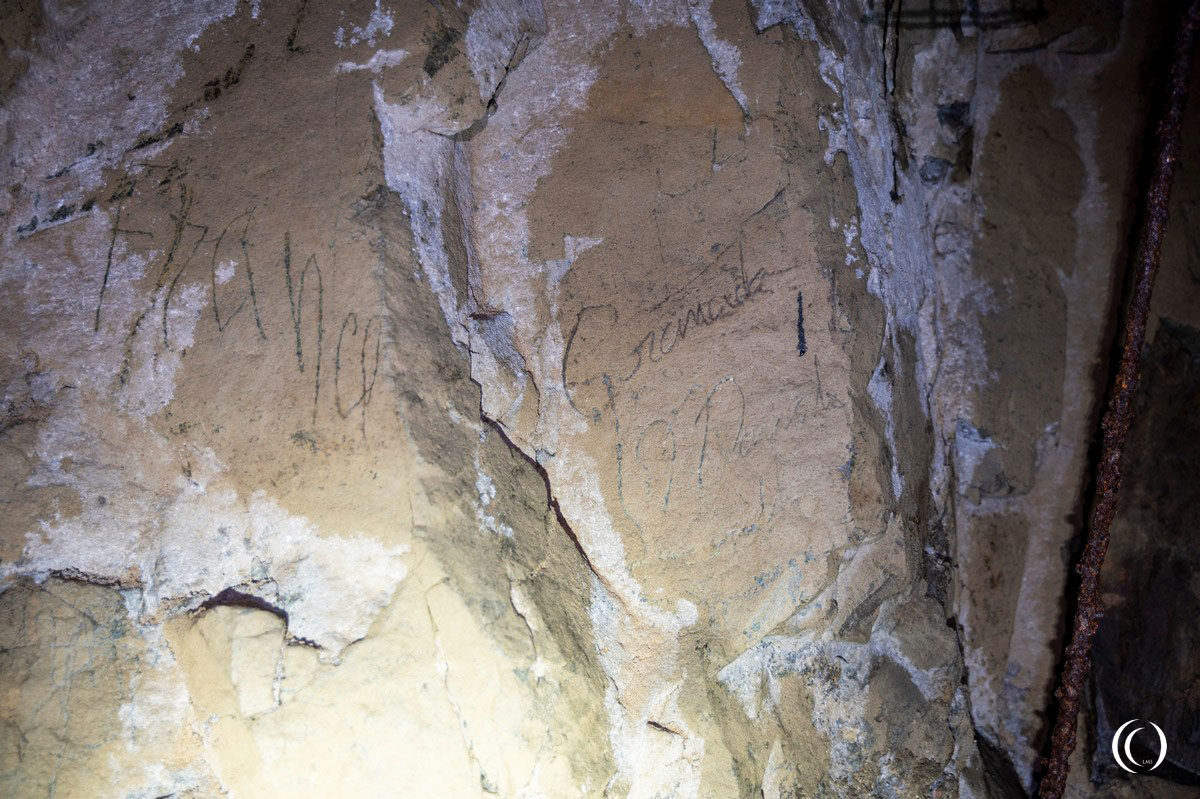
Visit
Most tunnels are privately owned by the islanders, who in turn also use them for storing goods, some are used as a Mushroom Farm. The unfinished tunnels are unstable because they are not hewn from solid stone but from loose slate. Here and there parts have collapsed, the ceilings have come loose and there is even a report that two people died in tunnel Ho2 due to carbon monoxide poisoning.
There are tunnels you can visit though. A museum has been created in a tunnel, Ho8, and the Jersey War Tours organization has a guided tour where you can visit this tunnel system, Hohlgangsanlage 19, or Ho19.
Hi,
You say that there is: “even a story that 2 people died in tunnel Ho2 due to carbon monoxide poisoning.”
It’s true, and is mentioned on this webpage: https://www.jerseybunkertours.com/bunkers-in-jersey/ho2
On Sunday 27th May 1962, Richard Phillips (16) and Richard Pratchett (15) were killed by carbon monoxide poisoning in HO2, which they were exploring with friends. Initial newspaper reports wrongly claimed that cyanide gas was to blame.
The carbon monoxide had been created by a fire lit by others exploring the tunnel on the previous Thursday or Saturday.
Regards
Ian
Thank you for this info Ian